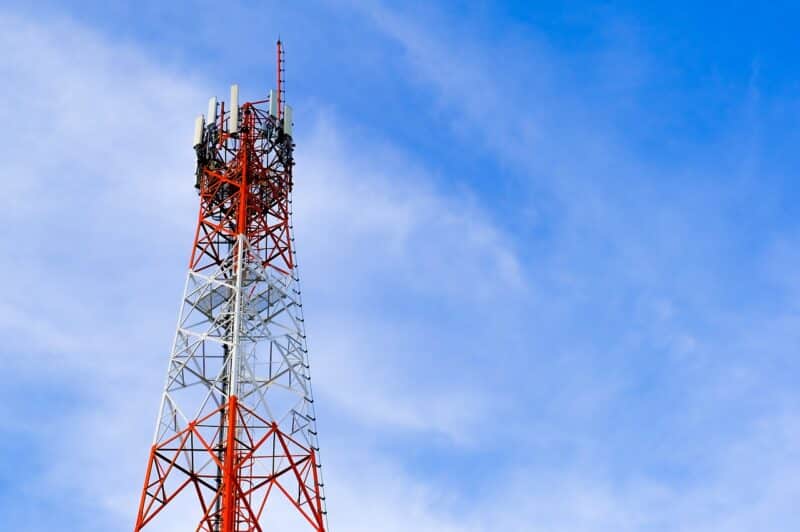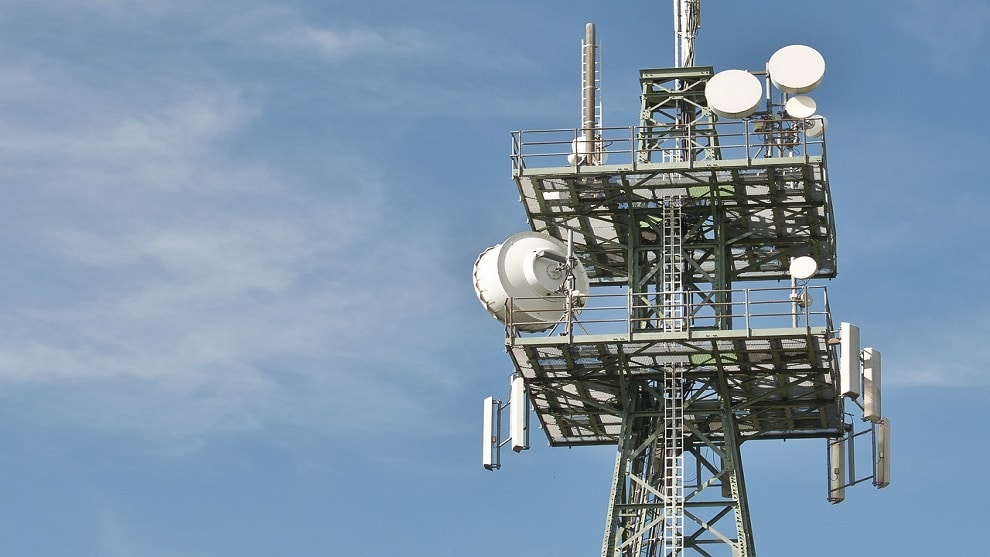5G: 16% to 20% increase in exposure to waves according to the ANFR
The mobile network keeps adding G’s to its name in order to accelerate its speed. So, a little over a year ago, 5G took over from 4G and increased the throughput by 10 in addition to promising greater reliability. Even if all smartphones on the market are not yet compatible, some privileged people can already enjoy it on a daily basis. Who says “deployment of new technology”, also says “risk study”. As far as mobile networks are concerned, the debate on the waves produced still remains at regular intervals on the front of the stage, the fear of seeing one’s brain burn out is still very present in the minds of some. Today, a study gives its results after a year of analysis of the 5G network in question.
What does the G matter as long as we have the speed
The National Frequency Agency (ANFR) has in fact given the results of a study carried out for more than a year on the 1,500 sites located in France where 5G has been deployed. 3,000 measurements were taken between October 2020 and 2021 in places close to the antennas allocated to the high-speed network.
In France, the low frequency bands 700 MHz and 2100 MHz which were already used for 3G and 4G networks have been adapted to accommodate 5G. However, the results show that this did not have any consequences on the radiation of the waves which remains stable. The real concern concerned the new bandwidth of 3.5 GHz launched on November 12, 2020. The first results here are intended to be reassuring since the additional contribution is evaluated at 0.11 V / m, which is far from 61 V / m that represents the regulatory limit. However, since the 5G network is currently only used by a small number of subscribers, this rather low figure is in itself rather logical. The ANFR therefore decided to generate artificial traffic around 5G antennas to have a more accurate vision of a probable future reality. There, analysts then found an average increase of 16% in exposure. Ultimately, this would herald a total increase in waves of 20% in the areas concerned. Knowing that this 3.5 GHz band offers 50% capacity for telephone networks, this is a pretty good sign. Nevertheless, this deployment of new waves still has its detractors who do not go with the back of a spoon to make themselves heard, and especially to be seen.
Cable stage
According to our colleagues from Reporterre, these are indeed no less than 140 acts of vandalism that have been perpetrated in two years on infrastructures linked to the digital network. All over France, structures are attacked, whether they are burnt relay antennas, cut fiber cables or even electrical cabinets slaughtered with a sledgehammer. This violent grumbling comes each time from people who do not want to live in a hyperconnected world and wish to slow down this deployment of 5G whatever the cost.

At Orange, we even recognize that it is on average one antenna per week which would be the target of vandalism. The total amount of damage would exceed tens of millions of euros, knowing that a simple relay antenna tower is billed within 200,000 euros. Sometimes, dozens of vehicles are even set on fire, as was the case in January 2020 on an Enedis site in Grenoble.
As for people who are afraid of waves and who buy anti-5G necklaces and bracelets, Authority for Nuclear Safety and Radiation Protection (ANVS) has just announced that this kind of “protection” was dangerous since made with radioactive products which are bad for health in the long term because they emit ionizing rays. To flee therefore. At high speed!



